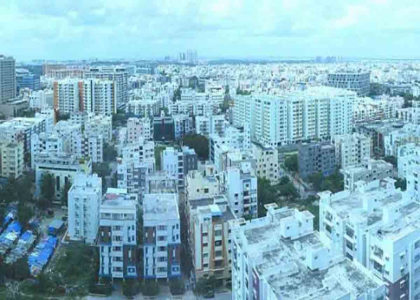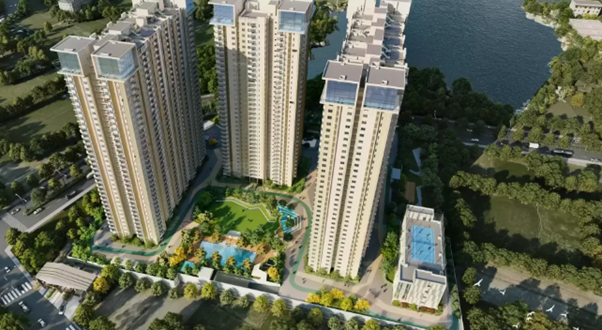This decision opens up a massive land bank of 1.30 lakh acres, equivalent to the current area of the State Capital, for real estate development. The primary aim is to alleviate the soaring real estate prices in the city. However, opinions within the real estate industry are divided. Some believe that the impact will be limited to the western part of the city, while others argue that the increased supply may outpace demand, leading to a decline in prices.
The original purpose of GO 111, introduced by the previous Telugu Desam Government, was to regulate unchecked real estate development and prevent the establishment of polluting industries near the Osman Sagar and Himayat Sagar reservoirs. These reservoirs have been crucial water sources for the twin cities for several decades. The restrictions covered 84 villages within a 10-kilometer radius of the tanks.
With an ample supply of water now being sourced from the Krishna and Godavari rivers, the city’s reliance on these reservoirs has significantly diminished. Consequently, the government argues that GO 111 is no longer necessary.
C Sekhar Reddy, Chairman of CII (Telangana) and former national President of CREDAI (Confederation of Real Estate Developers of India), sees this as a golden opportunity for the government to establish a sustainable city on the newly available 1.30 lakh acres of land.
111 GO-Telangana impact areas.
The restricted area covered by G.O. 111 spans approximately 200 square kilometers. This area includes a total of 84 revenue villages, with all of them located in the former Ranga Reddy District, except for one village called Gudur in the Mehboobnagar District, specifically in Kothur Mandal. Shamsabad Mandal comprises all the revenue villages in G.O. 111, totaling 35 villages. The other mandals affected by the restrictions are Rajendernagar Mandal with 5 villages, Moinabad Mandal with 32 villages, Chevella Mandal with 6 villages, Shabad Mandal with 2 villages, and Shankar Pally Mandal with 3 villages.



